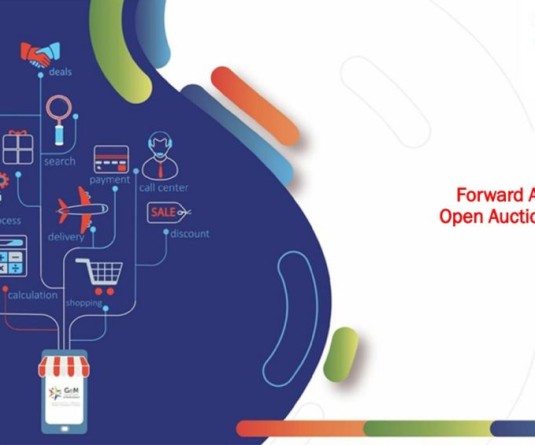IANS File Photo

CHENNAI, JUNE 6 (IANS): Mixed views were expressed by various experts on the impact of the new wage code on the pay packets and the retirement benefits of employees/workers.
They also said it is "myopic" to term social security as a cost to the company.
One view is that the companies may rejig the salary structure in such a way that there will not be any additional outgo, which, in turn, may reduce the monthly take home pay.
The other view is that there will not be any reduction in the take home pay as the companies may have to compensate any shortfall in the take home pay with a small hike in case the pay structure is rejigged.
"There is limited scope for corporates to rejig their pay structure as per the Wage Code," Labour Economist & Professor at Xavier School of Management (XLRI), Jamshedpur, Dr K.R. Shyam Sundar, told IANS.
Experts also said owing the new wage code, the terminal benefits of an employee/worker may go up due to higher provident fund (PF) corpus.
"Companies may go for restructuring their employee pay structure. But some may have to pay extra to protect the take home pay of its employees to avoid dissatisfaction and to retain talent," Ciel HR Services Private Ltd Co-Founder, Director and CEO, Aditya Narayan Mishra, told IANS.
He also agreed that all companies may not be able to bridge the shortfall in the take home pay and there may be a pay reduction for some.
As a part of labour law reform, the Central government has brought in four labour codes merging various standalone laws. The four codes are: Code on Wages, Code on Social Security, Occupational Safety, Health and Working Conditions Code, and Industrial Relations Code.
As the new law, 50 per cent of the gross salary should be towards basic wages (Basic Pay and Dearness Allowance). The ceiling on the allowances will be 50 per cent of the gross salary.
Corporates in order to reduce their contribution towards the employee Provident Fund (PF) companies used to fix the basic pay at a low level and allowances at a higher level, and the contribution to the PF is calculated on the basic wages.
"The new definition ensures at least 50 per cent or the prescribed limit comes within the definition of wages for the purpose of social security benefits. So, it is a step forward for the social security of the workers," senior advocate V. Prakash, who has appeared in several labour cases, said.
The corporates are dwelling on the possible reduction in the take home pay to influence the employees.
But Sundar said: "Viewing social security as a cost is a dangerous quality. It hurts the very foundation of securing for the future." He said owing to the Wage Code, employees will know the fixed component in the pay and can do financial planning and there will be a decent sum at the time of retirement.
The Wage Code challenges the myopic view that take home pay is the most important one, Sundar said.
According to Mishra, the state governments have to bring in their own rules/guidelines to implement the Central law and the compliance cost may be there.
"Initially there will be a lot of paperwork as most state government labour offices in the country do not have an online system," he added.
He also pointed out that there is already confusion as to PF contribution.
Mishra said as per a Supreme Court judgement, the PF contribution should be 12 per cent of the gross pay or on Rs 15,000 which is Rs 1,800.
Some companies are paying 12 per cent of the gross pay as PF contribution.
Hoping that there will be clarity on this as well, Mishra said with capping the allowances at 50 per cent, there is also the possibility of the Central government making all the allowances taxable in the future.
However the general view is that the Wage Code is employee positive.
Meanwhile, nearly half of the companies in India are confident about their readiness to implement the new labour codes, according to Grant Thornton Bharat's Industry Expectation Survey on New Labour Codes.
The survey was released this March.





